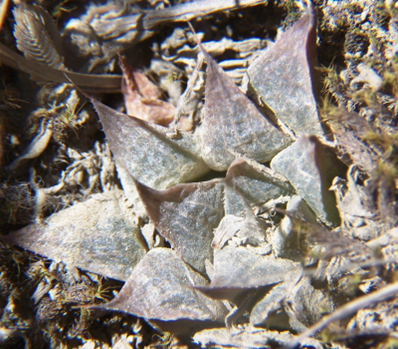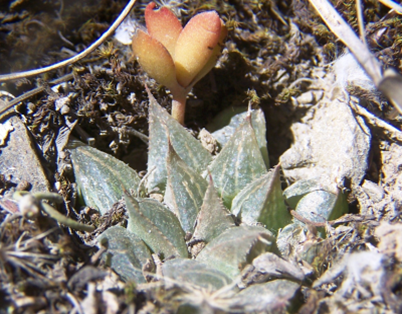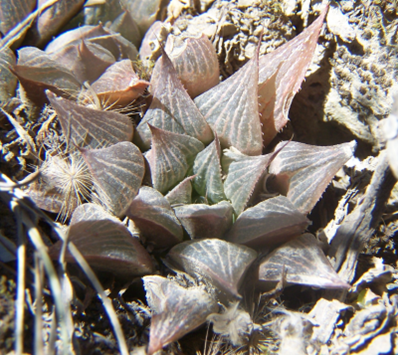Alsterworthia produced a special edition (No.7) in 2004 to publish new species and combinations subsequent to the publication of Haworthia Revisited. I was given a copy because of my own contributions in respect of primarily new combinations. I had the previous year done some exploration along the Duiwenhoks River south of Heidelberg and found several Haworthia populations notably MBB7227 Witheuwel and MBB7229 Somona. I discussed these in Chapter 6 of my Update Vol 2. dealing with the complexity of the element H. retusa (mutica) var. nigra and the problematic nature of H. mirabilis as it occurs around and south of Heidelberg. So when I saw the picture of H. jakubii I merely glanced at the description to see the words Duiwenhoks River to think this was another of those weird armchair products to befuddle the enthusiast and add another name from an endless production belt. There was nothing about the illustration that suggested anything new to me so it is really fascinating to now only read what the author had to say “ When the author first saw them, he thought they were something new because of their features”. This is a very subjective statement and I have no doubt that the author could be misled into thinking that other plants from the same population could also be “something new”. Why “something new” should be allied to a Latin binomial is intrinsic to “namenklutter” and the disrepute into which taxonomy has fallen.
I must dwell on that statement a little because it helps to demonstrate, falling very far short of explaining, why plant classification becomes such a hopeless mess. In 1986 I wrote an article published in Excelsa 12:91 entitled “Confusion reigns again” where I stated that it had become seemingly impossible to write about Haworthia without casting doubts on one’s own, or someone else’s, integrity or sanity. This was because of the apparent lack in the literature of any sense of discrimination and recognition of what might be right or wrong about any written piece. The more painful aspect of course is that it meant that I could write nothing myself that would be believable. I have to state that since 1986, the situation has not improved one iota and I regret that I am not tactless, aggressive or unkind enough to list a set of prominent people, including botanists, who have done nothing more than fuel the fire of enthusiastic writers. So we have “because of their features”. What features? I presume these same unlisted features are what made me sigh and think “Oh dear! – another name for H. mirabilis”.
I did not give the element anymore thought until I happened to see Jakub Jilemicky’s website and e-mailed him to query the principles he was adopting for recognition of “species”. From him I learned that the origin of “jakubii” was in fact the Goukou (ex Kafferkuils) River north of Stilbaai and Jakub kindly also sent me map details. Because there are virtually no records of H. mirabilis further south east of Riversdale than in the Frehse reserve close to town, I suspected that perhaps we had to do with a H. retusa ‘turgida’ variant or possibly a hybrid between that and H. variegata. While not generally prone to concede oddities to hybridization, I have become much more circumspect in this respect after learning a great deal more about hybridization between species despite big discrepancies in flowering time. Jakub’s map was a bit problematic because the designated spot was quite far from the Goukou River and in the middle of cultivated land. Furthermore the farm name Melklhoutkraal is cited and the boundary lay east of the designated spot. However, my wife and I came to the designated place where a road serves two farms south of the road. The first farm deserves special mention in respect of the negative aspects of agriculture where an over zealous new owner has decimated the landscape with no consideration for conservation whatsoever. The invasive Acacia cyclops (Rooikrans) has been bulldozed away and what may have been cultivated before certainly is now, and this also extends into that fragile zone between the productive shales and the non-productive calcrete. The owner initially offered, being busy at the time, to show us a hill that was being “conserved” and we made an appointment to do so. However, when we later arrived back we were informed that here had been a change of mind and we would not be allowed there. The reason will become apparent.
We went on to the second farm where the owners were delightful and allowed us to explore at will. The farm borders the river, but we stayed away from that as we were fairly sure that H. retusa ‘turgida’ would be all there was to see on the steep banks. So we explored the calcrete that is so reminiscent of H. paradoxa and Vermaaklikheid. We found a small and very cryptic population of H. variegata that rather strengthened our suspicion that perhaps ‘jakubii’ was of hybrid origin. Then we went further north to continue some exploration we had started there and we found a strong population of H. mirabilis about 15km SE Riversdale (MBB7818 Windsor – figs 8-10). We connected this population to plants at KomseRante east of Riversdale and also Kruisriver further east and north and suggested the possibility that ‘jakubii’ was then a Duiwenhoks River image of H. mirabilis.
Back home and back onto the internet. Jakub sent a better description of the locality much nearer to the river and on the farm Klipfontein rather than Melkhoutkraal. An error and something I might have worked out had I dug out the publication and recognized that the stated geographical facts were as unreliable as the taxonomic claims. Kobus Venter was thankfully able and anxious to get into the field in connection with other finds, and he kindly offered to drive all the way to Stilbaai to follow newest information. Gerhard Marx was also with us as a most welcome guest, and we then found the evasive ‘jakubii’ growing in a very narrow band right alongside the road and extremely vulnerable to any road works (see MBB7820). Our over zealous farmer had not only erected a new fence and deposited all the Acacia branches on the road reserve, but had also concentrated stock on the river bank on the farm side of the fence. The result was what is to be expected when there is no sympathy for the environment or for the stock. Animals under pressure will eat anything and everything and the concept of selective grazing and suitable stocking rate can fall away. One may as well cultivate the soil for the devastation too many animals in too small an area for too long causes. It is fortunate then that we have the road reserve. We found about 40 plants that appeared from the dry capsules and stalks to have flowered about 6 weeks previously in early February in close synchrony with H. variegata nearby and also with the Windsor population of H. mirabilis. We took Kobus and Gerhard to see the Windsor plants and they confirmed the similarity of individuals there to ‘jakubii’. Among Figures 8 are plants that demonstrate this similarities but also the wide range of variation so evident in most populations of H. mirabilis, thus H. mirabilis ‘jakubii’- a significant population and well worthy of a name outside of formal botany, which brings me back to my near opening remarks. The formal nomenclatural system works very well as no doubt does the horticultural code. However, there are serious limitations that severely affect Haworthia. The first is that few people actually have much experience with plants in the field and the true nature of natural variation. There are too few field-familiar competent taxonomists and the whole field of taxonomy is seriously flawed by any form of peer review outside of the nomenclatural rules and procedures. Another serious flaw is simply the absence of any general and common understanding of what a Latin binomial is actually supposed to be appended to. The same is true of lesser taxonomic ranks. Gordon Rowley many years asked (of me) “I would love to know what is to become of the luckless hybrids and cultivars if they are to be deprived of the rank of genus and species.” I am now not sure if he thought through that question very well but I understand what he means and in recent literature he has highlighted the value of names for the sphere of horticulture in which “collectors’ operate. Short of microchipping, many cultivated plants are going to be deprived of names simply through loss of physical labels. I am not sure, and underlined by that very curious statement about the features that made ‘jakubii’ into something new, that any formal system of cultivar recognition is going to work in Haworthia. The problem is that we are not dealing with flower characteristics and colours of virtually a single species as happens in most horticultural groups. Nor are we dealing with any controlled breeding program. We are dealing with vegetative characters of perhaps 30 species where there is much evidence of gross misidentifications by experienced professionals (botanists) at species level. Also there are any numbers of potential new cultivars by virtue of the simple facts of natural variation. How are we going to ever arrive at descriptive matter and even illustrations that will allow correct identification when growing conditions and season influence the vegetative characters of the plants concerned and we cannot even be sure to what species they belong.
The author of ‘jakubii’ does end by saying that the taxon is intermediate between H. mirabilis ‘paradoxa’ and H. mirabilis ‘magnifica’, listing shape, surface, coloration and solitary growth as reasons. This may seem reasonable on the surface of things. But it is totally unreasonable if one considers that one could take representatives from the same and different populations of these and use the same argument to justify many more names within those two elements as variable components of a much greater cohort of variants. The description itself simply cannot be taken literally. A plant is illustrated with leaves having from 3-9 face lines however one chooses to count them, while the description states 5-7. The colour is given as grass-green (in poor light), but we saw most plants in semi-shaded and poor light microhabitats and none were “grass-green”. The leaf surfaces are also described as “smooth” and this was not evident in the plants we saw. The converse is true and also in respect of either ‘paradoxa’ or ‘magnifica’. In fact the statement underscores the (poetic) license that is taken with descriptions that end up unworkable. In H. mirabilis, the leaves may indeed be smooth (e.g. ‘badia’) but in any population there are plants that have incipiently rough surfaces extending to prominent tubercles and even prominent hair-like spines. So, indeed, if Latin names are said to have a reality they do not in fact possess, this certainly is the case here.
Acknowledgement.
Dr. an Mrs. Lindley Kok of Klipfontein, Ms Sonya Walmsley of Melkhoutkraal (?), Mr Johannes van Eeden of Windsor. Kobus Venter and Gerhard Marx, for participation and company. I particularly appreciate the interest and assistance of Jakub Jilemicky in resolving an issue his name is associated with.
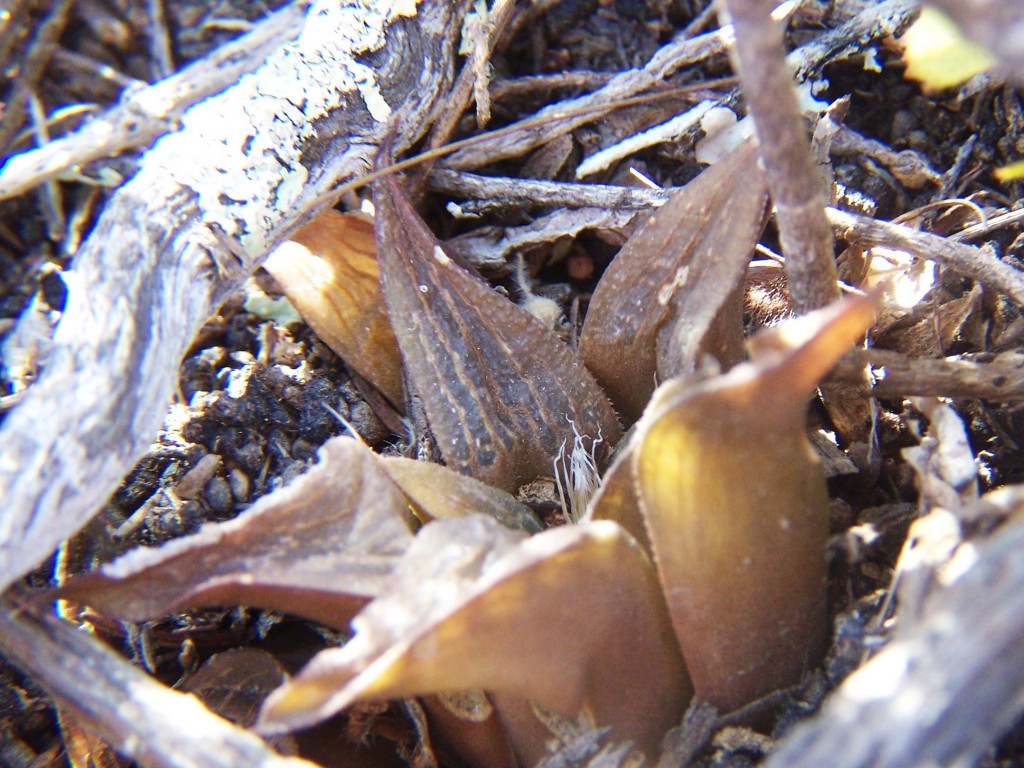
7818 Windsor 5664 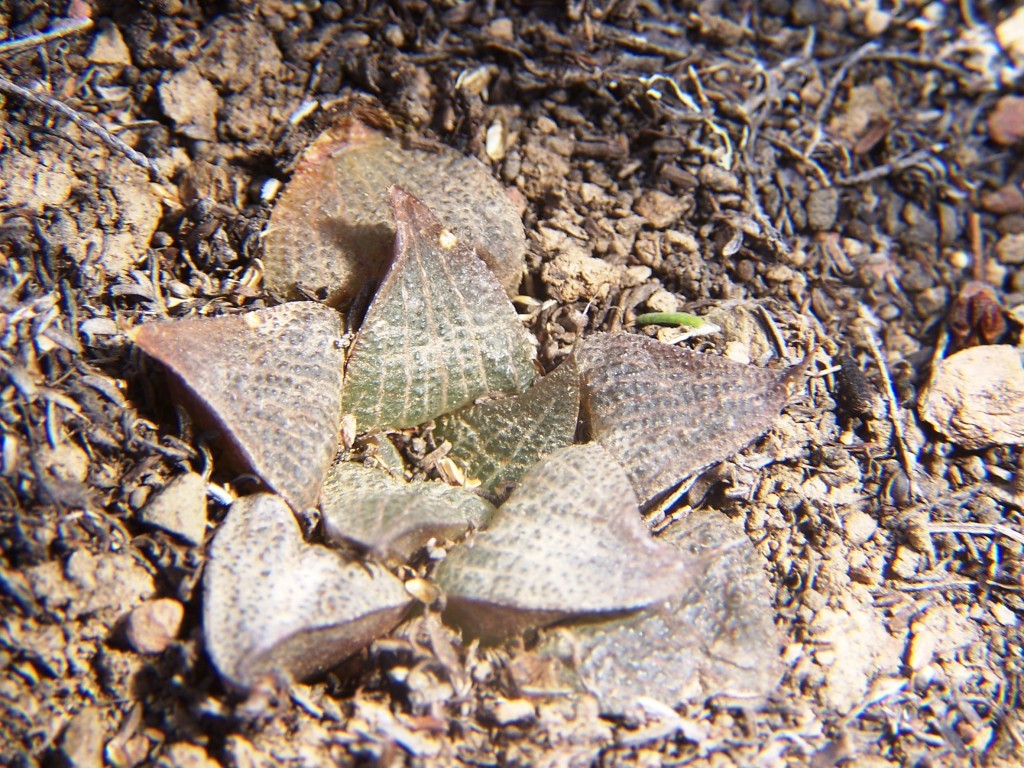
7818 Windsor 5669 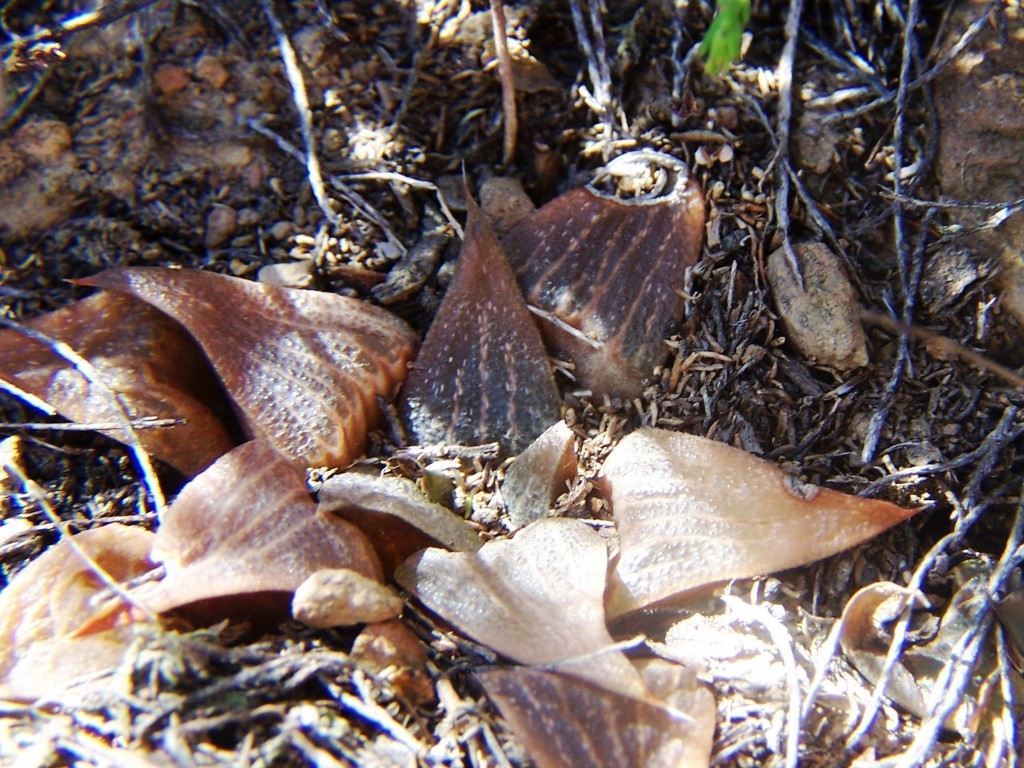
7818 Windsor 5677 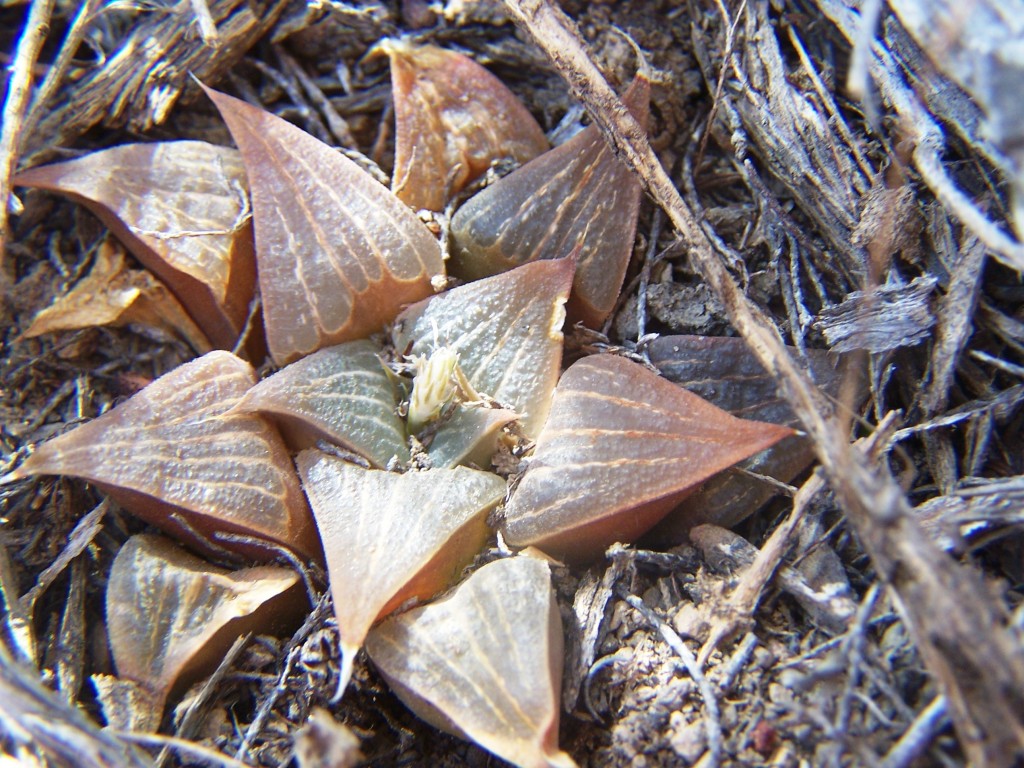
7818 Windsor 5688
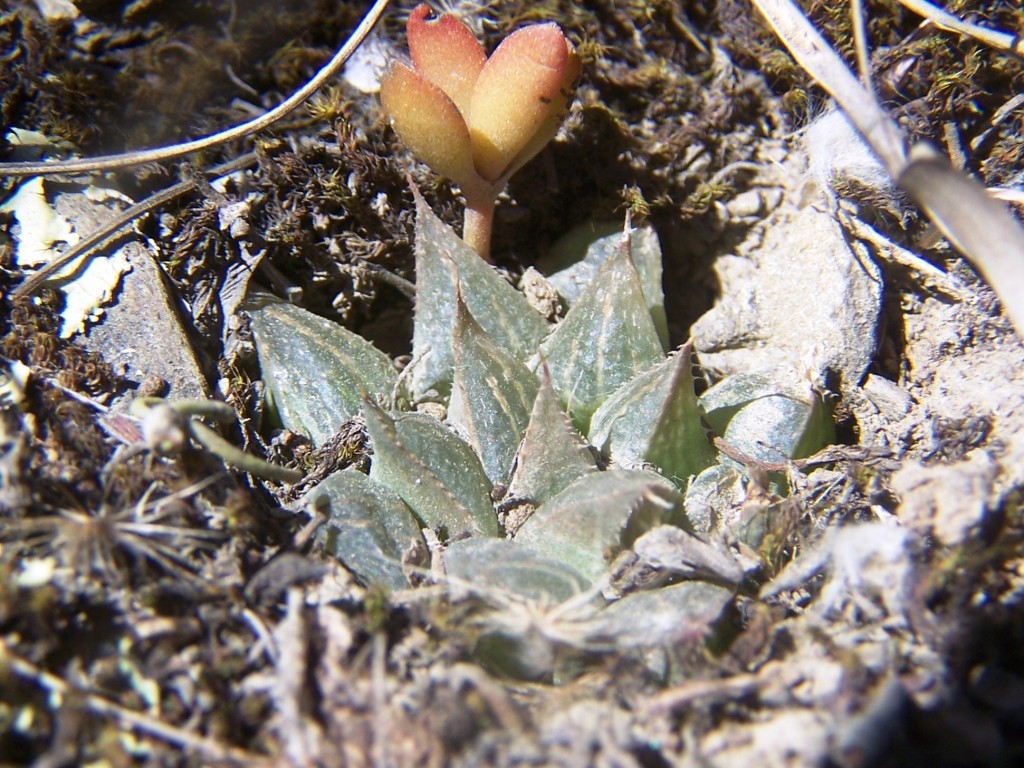
Fig. 4a. MBB7820 H. mirabilis ‘jakubii’. Goukou Bridge, Klipfontein. 5746 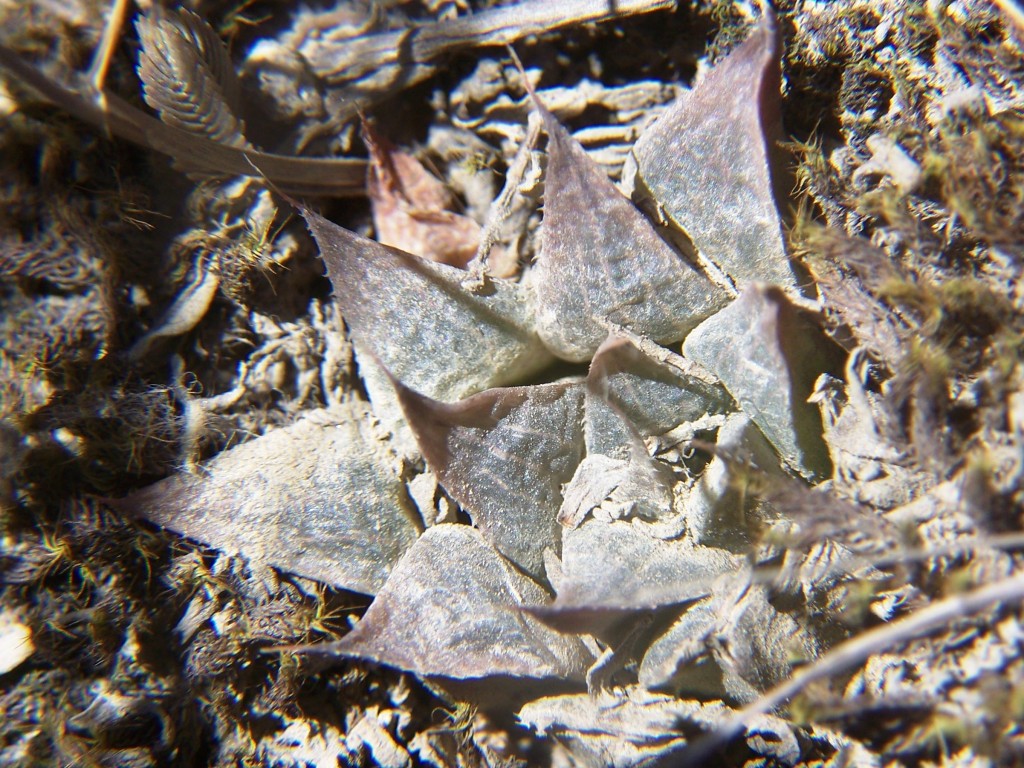
Fig. 4b. MBB7820 H. mirabilis ‘jakubii’. Goukou Bridge 5750 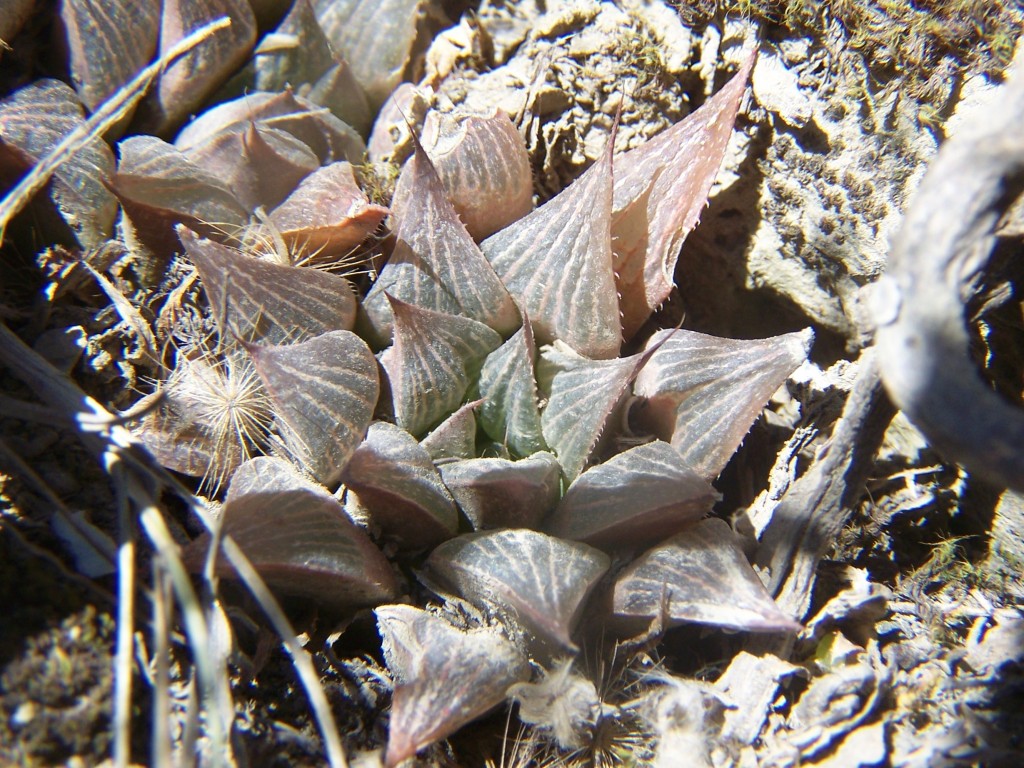
Fig. 4c. MBB7820 H. mirabilis ‘jakubii’. Goukou 5752 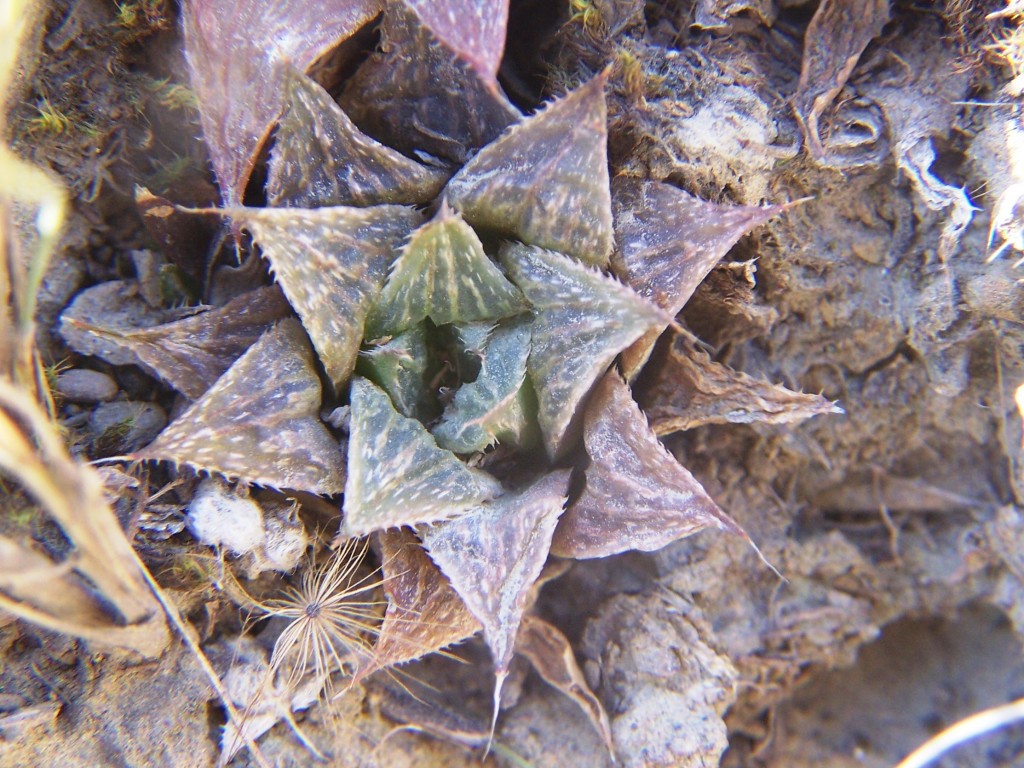
Fig. 4d. MBB7820 H. mirabilis. Goukou 5755 
Fig. 4e. MBB7820 H. mirabilis. G





